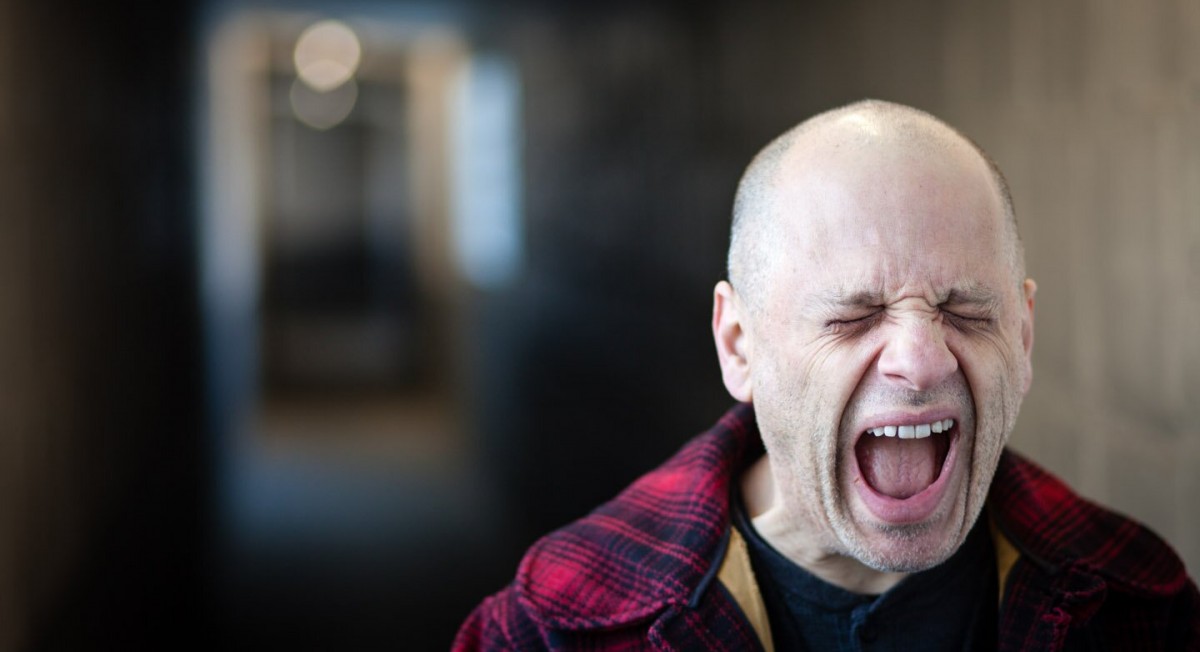On Monday, January 25, the New Music Festival headed over to Westminster United Church for an evening of works featuring vocal ensembles. In terms of conventional likeability, the program offered some challenges, but a gallant spirit of adventure was firmly positioned throughout. The headline work was Morton Feldman’s Rothko Chapel, for which there were excellent beards on display, as well as poignant humming from Polycoro Chamber Choir. One could say, rather facetiously, that the choral component of Rothko Chapel is the kind of vocalizing that brings to mind those moments on old Star Trek episodes when tense interspecies situations are about to happen; more seriously, Feldman did have a knack for moving directly to the moment of anxiety in a drama and staying there. Daniel Scholz’s contribution on viola was terrific. (And I’m not saying this only to make people aware that violas exist, although that is one of my purposes here on earth.) More beautiful and somewhat more old-fashioned (perhaps the reason why the audience responded with excitement) was the other work sung by Polycoro, Oleksa Lozowchuk’s Waters of Rest.
The second choir for the evening was Camerata Nova, who performed the more difficult (or so it seemed to me) Poems by Gerard Manley Hopkins by Barbara Monk Feldman and The National Anthems by David Lang (pictured). Camerata Nova offered a pure and balanced sound, and were alert to the sibilance and clash of syllables in Poems, which the composer described to the audience as “like rocks and water moving in time.” I identified both the Hopkins poems that Monk Feldman set to music, but it took some time to pin them down, the content of the late Victorian sonnets being less important to the composer than the presentation of sounds on the borders of orthodox language. The effect was fascinating, although it did cross my mind to wonder why Hopkins’s ecstasy (“The Windhover”) and tragedy (“Carrion Comfort”) should end up so similar in their tonal impact. In other words: why these poems? But the freshness of Camerata Nova’s singing, in amongst the cacophonous moodiness, overcame most of my misgivings about unlinking sound from ordinary meaning.
I had no such qualms about David Lang’s project with national anthems. Borrowing lines from the disturbing pride and bloodlust on display in our official songs, Lang’s angular and melancholic composition suitably cloaked texts that, as he told the audience, largely show how afraid the nations of the Earth are of each other. I was reminded a bit of the piercing, haunting scores that Zbigniew Preisner wrote for the films of Krzysztof Kieslowski. I went home and read, at random, Hungary and Ecuador’s anthems: this was an eye-opener. Perhaps he was just being nice, but Lang did tell Canadians to “give your country a hand” for our anthem. Lang writes in repetitive and intense bursts of rhythm and melody, and can create an atmosphere both tense and lush; Camerata Nova’s work on The National Anthems was splendid.
The wintry creaks of the old church were occasionally distracting, but bracingly real. Overall, the evening’s music said: Let beauty take care of itself. It may not arrive. But it might.
Sue Sorensen teaches English at Canadian Mennonite University, has little formal musical training, and does not have a beard, although she’s considering trying for one since they are so amazing and impressive.
